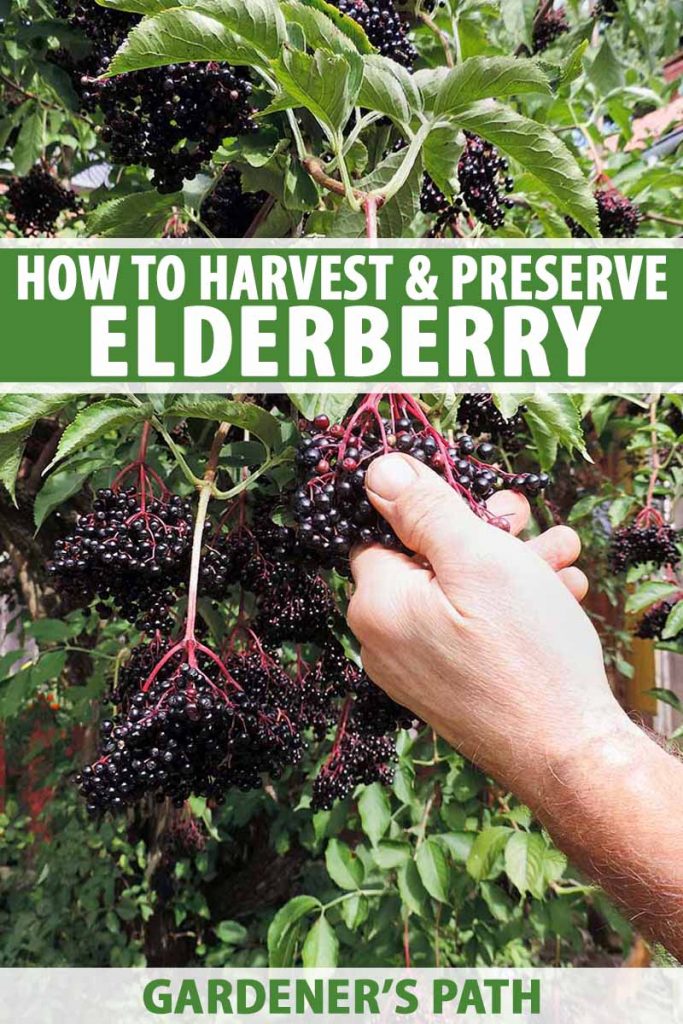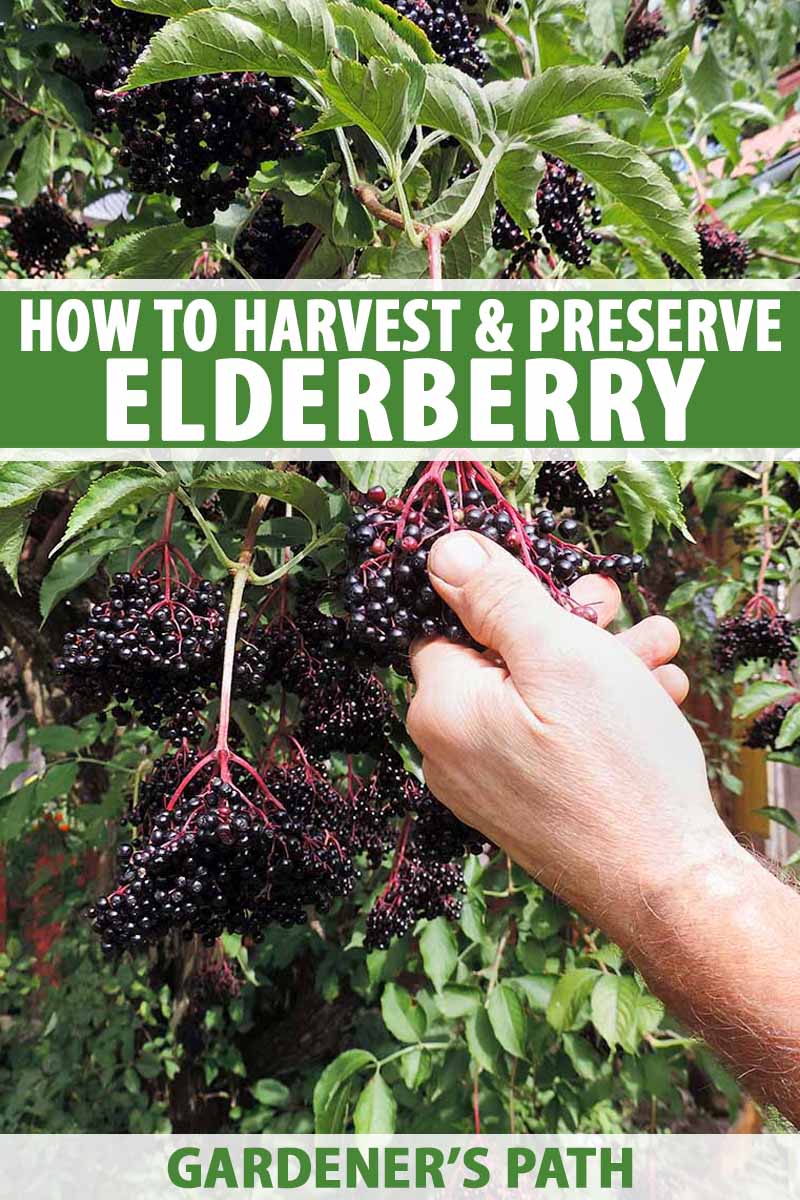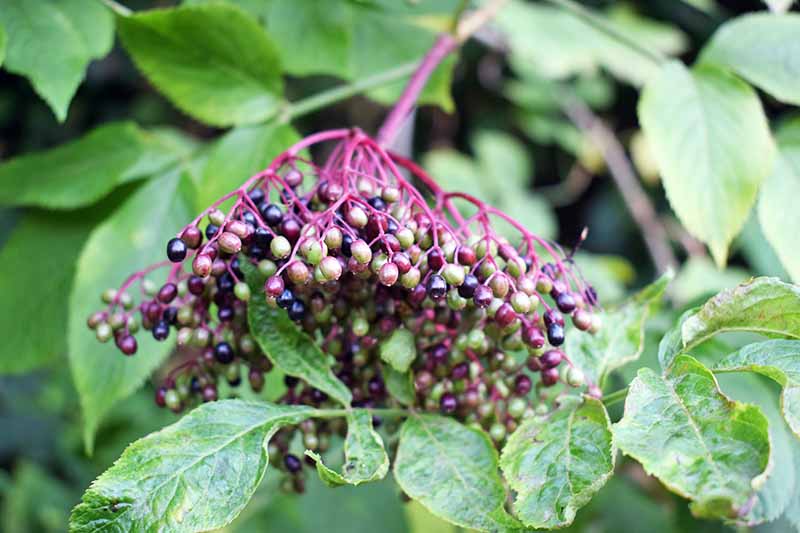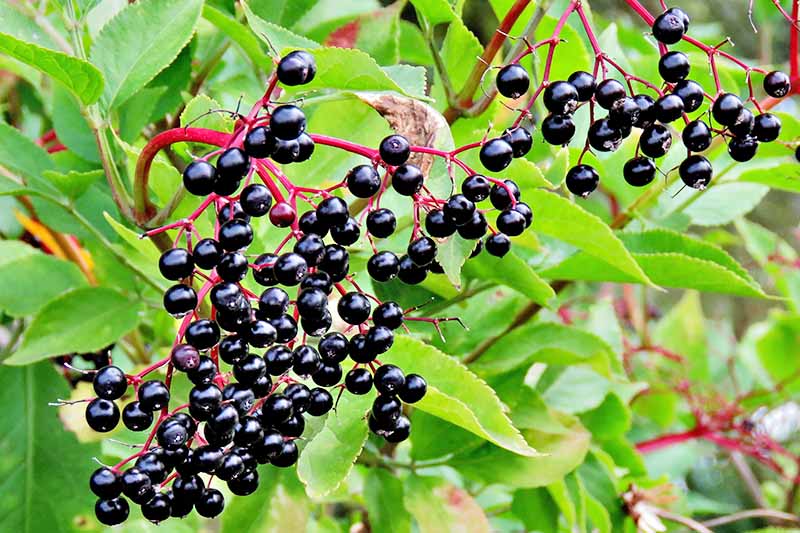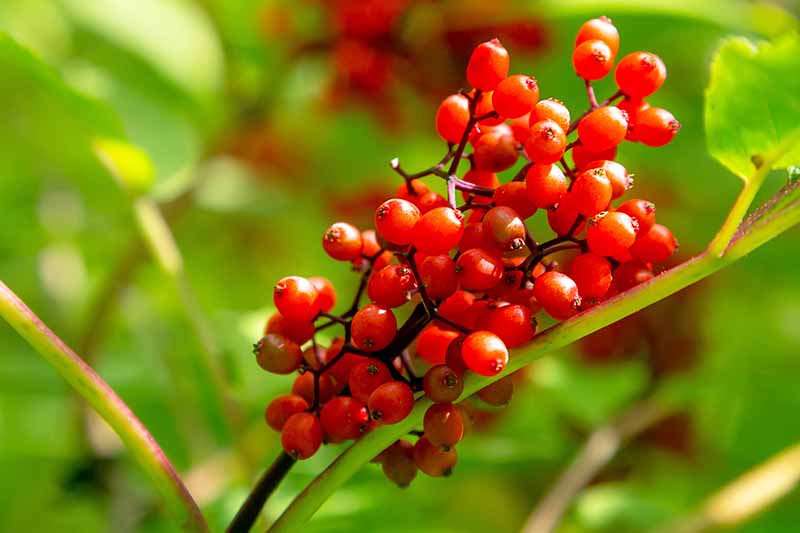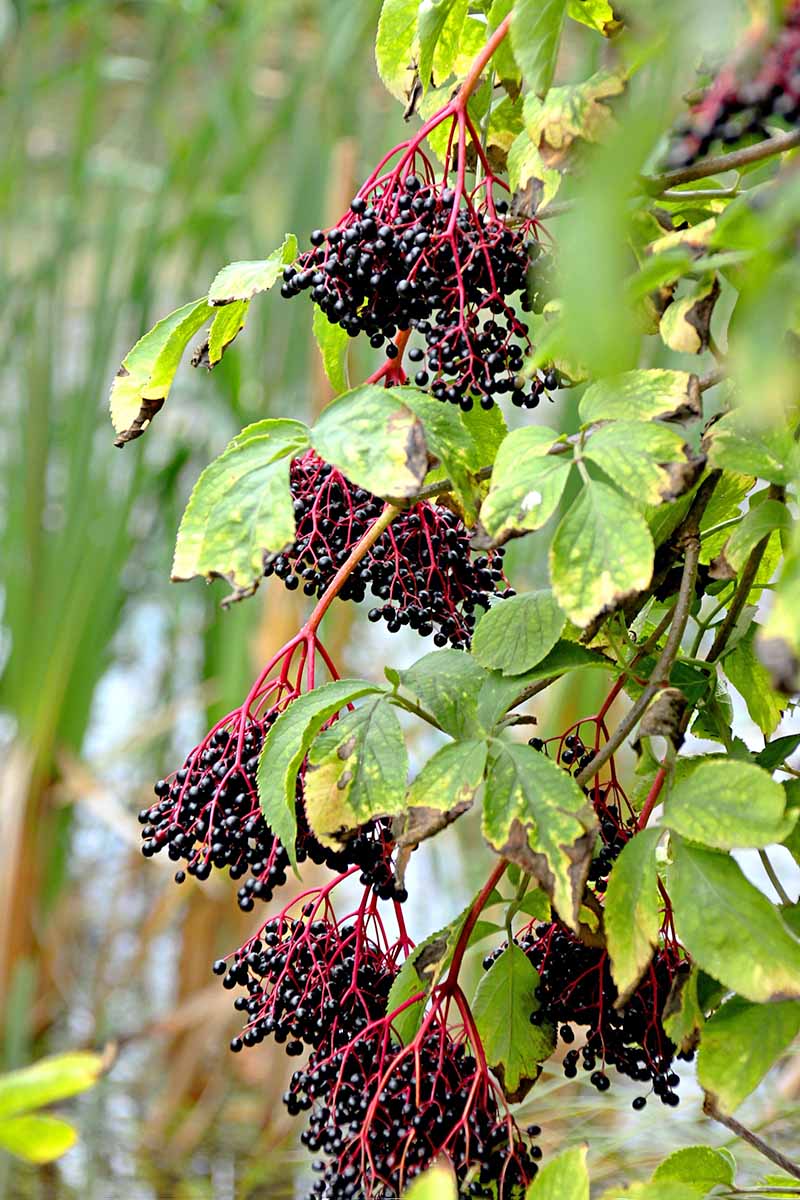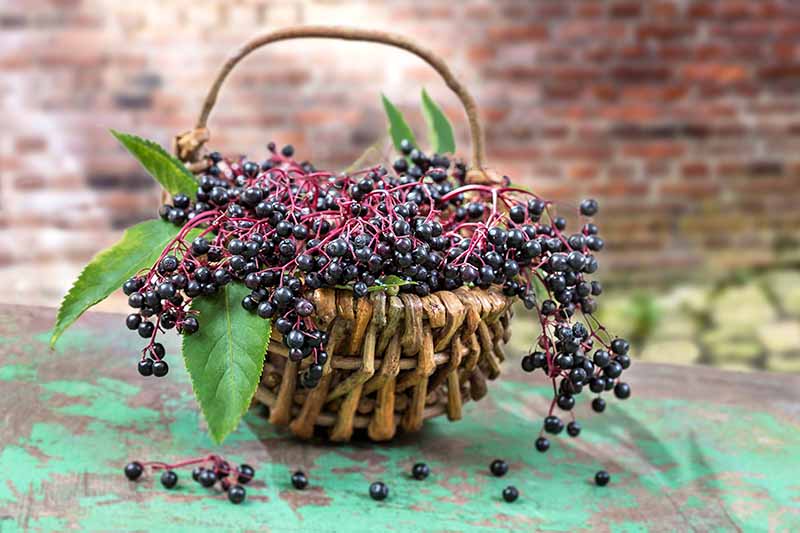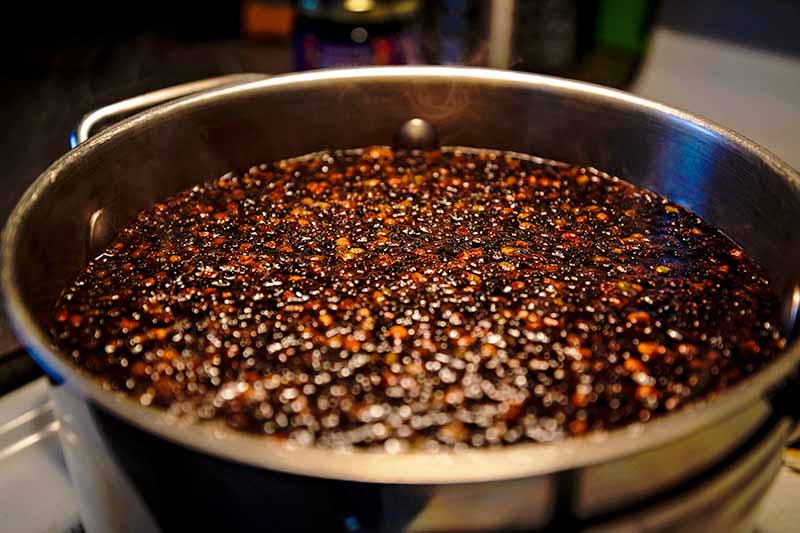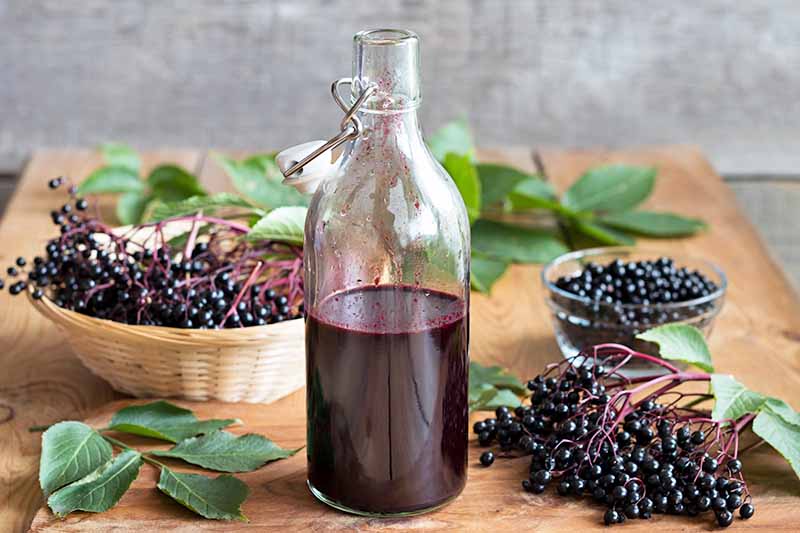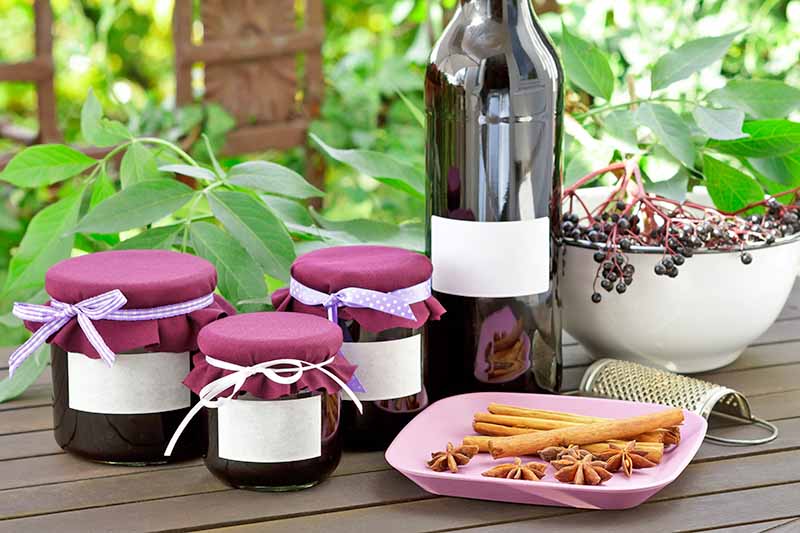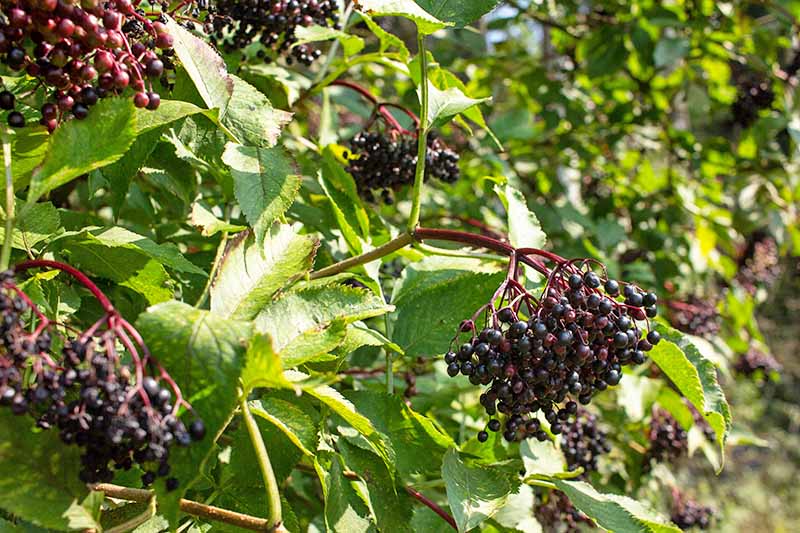We link to vendors to help you find relevant products. If you buy from one of our links, we may earn a commission. Here’s what’s to come in this article: This enchanting deciduous shrub is decorated with clusters of small white flowers in the spring, which eventually develop into bundles of tiny black or purple berries. In the wild, you will tend to find them in wet and swampy areas, often in disturbed places. Boasting a multitude of marvelous uses, this plant is an incredibly supportive medicinal winter remedy touted by many herbalists and practitioners of traditional medicine, not to mention it makes for delectable jams, pies, and even wine!
Folklore and Magical History
In ancient Celtic traditions of Northern Europe, elders were revered trees, cherished as gifts from the “Elder Mother” goddess who was believed to reside inside the plant. They were thought to be a window into the soul of trees, protecting forests and the people that cared for them, and they were often planted around houses and farms to protect the land and the gardens. Cutting one down or burning its sacred wood was considered highly taboo. In Danish and German folklore, prior to cutting, it was necessary to ask the Elder Mother for permission, or else risk coming into misfortune. In Ireland, cutting down the elder tree was forbidden.
Upon the introduction of Christianity, however, the reputation of the elder changed. The Elder Mother became feared as a witch, and this resulted in a new association with evil. In Scotland, elder wood was placed above entryways to protect homes from wicked spirits. In England and Germany, bringing the wood of an elder into the home was thought to attract ghosts and witches. And in Ireland, the elder became feared as a cursed tree; putting elder wood in a fire was said to attract the devil. Though its cultural significance has fluctuated across time and space, one thing seems to be agreed upon: elder is a plant of magic and power! Perhaps this is why, in J. K. Rowling’s novel Harry Potter and the Deathly Hallows, the Elder Wand is considered the most revered and powerful of all magical objects. In this fictional world, elder wood was not commonly used in wandmaking, and it was said that only a “highly unusual” witch or wizard would be matched with it.
Medicinal Use
Elder has a long history of therapeutic use in many places throughout the world. Both the flowers and berries are used medicinally for a variety of ailments. Loaded with antioxidants and vitamin C, elderberries are antimicrobial, providing overall support and protection to the immune system. As noted by Maria Noel Groves in her book, Body into Balance: an Herbal Guide to Holistic Self-Care, the fruits contain chemical compounds that block receptor sites which are used by viruses to invade cells. It is a good idea to do this squeeze test on one or two berries on each cluster that you snip. Elderberry medicine is therefore often taken regularly or acutely during the winter months as a preventative for colds, flu, fevers, chills, congestion, and general malaise. The fruits are comparable to Tamiflu and have some ability to inhibit H1N1 influenza. As cited by David Hoffman in his book Medical Herbalism: The Science Principles and Practices Of Herbal Medicine, a number of clinical studies have confirmed the benefits of elderberry against cold and flu. Medical Herbalism: The Science Principles and Practices Of Herbal Medicine This long-respected plant has made a resurgence in popular culture in recent years. These days, syrups and tablets can be found on vitamin shelves in many co-ops and pharmacies.
It is much more rewarding to make your own medicine, though, and I find the process to be both calming and enjoyable.
When to Harvest
Elderberry shrubs bloom over the summer from June to August, depending on the climate. Here in central Vermont, they tend to flower in August. The berries soon follow, ripening in late August or early September. Make sure to harvest the fruits when they are fully ripe. This is important because the berries are mildly toxic before they have fully ripened. The fruit of both S. nigra and S. canadensis should be a dark purple or black in color, soft, and juicy. Unripe ones will look green or pale purple.
Note that even the ripe berries should not be eaten raw. According to Maria Noel Groves, the process of cooking or drying ripe berries will break down any remaining toxic chemical compounds that could irritate the digestive tract.
Sometimes the berries can look purple on the outside but still be under-ripe inside. To tell if they are fully ripe, try squeezing a berry and examining its juice. If it is ready, it will be a deep purple. The juice of unripe berries looks pale and watery. If you also want to harvest the flowers, collect them when they are in full bloom, but don’t harvest all of them or you won’t get any fruits! If you aren’t growing any elder shrubs of your own, you can look for wild plants in bogs, along stream beds, or on the edges of disturbed areas.
A word of caution: Red elderberry (S. racemosa) is toxic and should not be consumed. It happens to look very similar to other varieties, the key difference being that it flowers earlier in the spring, around the time that lilacs bloom. It also bears its bright red or purple fruit earlier in the summertime.
How to Harvest
To harvest the berries, cut entire clusters with pruning shears, just below the base of the fruits.
Collect the clusters in a basket, bucket, or plastic bag. Once the berries are harvested, they must be removed from the stems. The stems and leaves are toxic and should not be consumed.
Bonus Tip: Instead of attempting to remove each berry from the stems individually, a painful and tedious task, place entire clusters in the freezer for a few hours. Once frozen, you can easily shake the fruit off the branches into bowls or bags.
Preservation
Elderberries need to be cooked, dried, or processed in some way before they can be consumed safely. Like many other parts of the plant, the berries are mildly toxic when eaten raw. While eating a few raw ones won’t kill you, it will likely leave you with an unpleasant stomach ache and some unfortunate nausea. Better not to risk it!
Luckily, there is no lack of enticing ways to preserve and use elderberries. They can be made into medicinal syrups, alcohol- or glycerin-based tinctures, gummies, or cough drops. Fruits can be decocted for tea or infused in honey. For something delicious to eat, they can even be preserved as jams and jellies, or baked into pies. And don’t forget about sweet elderberry wine!
Drying
Clean the fruits by placing them in a pot of water, letting debris float to the top. Scoop out anything you can with a strainer, and then filter the berries from the water using a colander. Let the fruit drip dry in the colander or on a paper towel for a couple of hours to remove any excess moisture, and then spread them out in a single layer on a drying tray. Once they’re clean, there are a few ways to dry elderberries:
Dry them in full sun, covering them with a screen to prevent birds and insects from stealing the berries. This method should take a few days. Place trays in the oven on the warm setting for about half an hour, checking occasionally until berries are fully dried Dry them in just a few hours, using an electric dehydrator.
For more dehydrator preservation tips, check out the guide to dehydrating the garden’s bounty on our sister site, Foodal.
No matter what method you choose, check to make sure that the berries are shriveled and crinkly to ensure that they have dried fully and are ready for further processing or storage. Try pressing one with your finger. If any moisture is present, keep drying! Store in a sealed glass jar in a cool dark location, such as a pantry or cellar.
Freezing
Clean fresh fruits in a water bath similar to that described above for drying. Freeze in tightly sealed jars or zip-top bags until you are ready to process and use them. If you have already pre-frozen clusters prepared for easy stem removal, wash and then refreeze the individual berries as soon as possible. Otherwise, you risk creating a giant, messy mass of berries.
Making Medicine
My favorite way to use elderberries is to make my own medicinal syrup, a process I find to be easy and fun!
To Make Syrup
First, combine 1 part clean fruit with 4 parts water in a saucepan. Bring to a boil over high heat. Turn down the heat and simmer for 30-40 minutes. The resulting liquid should be dark purple in color
Next, remove the decoction from the heat and let it steep for about an hour. Strain the juice using cheesecloth, a colander with small holes, or a nut milk bag. Squeeze the bag to recover as much of the liquid as possible. Set it aside to cool. Measure the final liquid volume, and add 50% of that volume in honey to create a syrup. Once the mixture is fully cool, you can also choose to add alcohol, which can greatly increase the syrups shelf life. Add 20% of the final liquid volume for the best keeping quality. Vodka works well, or any other neutral alcohol you prefer.
And that’s all there is to it! Bottle it up and stick it in the fridge or the freezer until those icy winter winds arrive. Tip: Elderberry can be combined with many other herbs and spices for added medicinal benefits or flavor. Try a tasty addition of cinnamon, lemon, and ginger! The syrup can last a few months in the fridge, longer if made with alcohol. Otherwise, it is a great idea to freeze it in ice cube trays and defrost one at a time as needed. For complete step by step directions, check out this elderberry syrup recipe from Hilda’s Kitchen Bog.
To Make a Tincture
Tincturing is another of my favorite ways to preserve and utilize this fruit. Just fill a jar with tightly packed berries and pour in a neutral alcohol to cover. Vodka that is 100 proof or higher is best.
Seal the jar and store in a dark place, shaking every day for at least a few weeks. Strain out the berries and bottle it up. If you prefer not to use alcohol, you can make a glycerite tincture instead, by replacing the alcohol in the tincture with vegetable glycerin.
Cooking and Recipe Ideas
This Thanksgiving, why not try making an elderberry pie? Baking these sweet and sour fruits in a warm and flaky pie crust really brings out the exquisite and unique flavor. All of your guests will be impressed!
Want to try your hand at brewing up some elderberry wine? Before diving in, check out this article on Foodal about making wine at home.
Ward Off Those Winter Blues
Don’t get bogged down by the winter blues this year! Protect and nourish yourself with elderberry instead. Whether you want to support your immune system with plant medicine, enjoy fresh-brewed homemade wine, or ward off spirits, this magical plant is for you!
If you found this guide valuable, you’ll also find some useful elderberry info here:
7 Top Elderberry Varieties to Grow in Your Backyard How to Use Elderflowers for Food and Medicine How to Plant and Grow Elderberries How to Grow Elderberries in Pots and Containers
Ask the Experts, LLC. ALL RIGHTS RESERVED. Uncredited photos: Shutterstock. The staff at Gardener’s Path are not medical professionals and this article should not be construed as medical advice intended to assess, diagnose, prescribe, or promise cure. Gardener’s Path and Ask the Experts, LLC assume no liability for the use or misuse of the material presented above. Always consult with a medical professional before changing your diet or using plant-based remedies or supplements for health and wellness.
